Table of Content
Hyderabad, one of India’s rapidly growing urban centers, is known for its rich culture and booming technology sector. With an ever-increasing population and expanding urban areas, the city has long needed a modern, efficient public transportation system. Enter Hyderabad Metro Phase 2, a project set to revolutionize the way people travel, reduce congestion, and boost the local economy.
In this blog, we’ll explore everything you need to know about Hyderabad Metro Phase 2, including its new lines, routes, stations, and the far-reaching impact on the city’s real estate market and overall development.
What Is Hyderabad Metro Phase 2?
Hyderabad Metro Phase 2 is the next stage in the city’s journey towards a modern urban transit network. Building on the success of Phase 1, this expansion aims to cover more areas by introducing new corridors and stations. The primary goal is to create a seamless, integrated transport system that links key residential, commercial, and industrial zones. In doing so, the project not only shortens commute times but also promotes sustainable development by reducing reliance on private vehicles.
Also Read: Mumbai Metro 2025: Enhanced Routes, Stations & Real Estate Impact
Key Objectives of Phase 2
Several key objectives drive the expansion of the metro network:
1. Enhanced Connectivity:
By adding new corridors, Hyderabad Metro Phase 2 will connect previously underserved regions with the city center. This means more residents can access efficient public transport, reducing travel time and making daily commutes easier.
2. Reduced Traffic Congestion:
A robust metro network decreases the number of private vehicles on the road. With fewer cars and taxis, traffic congestion will lessen, leading to smoother traffic flow and a decrease in pollution.
3. Economic Growth:
Improved public transportation attracts investments and boosts local businesses. As metro connectivity improves, property values along the corridors are expected to rise, fostering economic development.
4. Sustainable Urban Development:
The expansion emphasizes the use of energy-efficient technologies and eco-friendly practices. This approach not only helps the environment by reducing carbon emissions but also creates a modern and sustainable urban landscape.
New Lines and Routes
Hyderabad Metro Phase 2 introduces several new lines and routes that will complement the existing network. These additional corridors are carefully planned to cover more parts of the metropolitan region and ensure seamless integration with current operations.
Important Corridors and Routes
- North-South Corridor Expansion:
This extension is designed to enhance connectivity between the northern suburbs and the southern parts of Hyderabad. It links major residential areas with commercial centers, easing the commute for thousands of daily passengers. - East-West Linkages:
New routes will better connect the eastern and western parts of the city. Traditionally, these regions have been less connected by rapid transit, and the new corridors are expected to stimulate economic activities in these areas. - Peripheral Connectivity:
Phase 2 aims to cover the rapidly developing peripheral regions. These corridors extend beyond the current metro boundaries, ensuring that emerging suburbs gain access to fast and reliable public transportation. This not only improves connectivity but also spurs further urban development.
New Stations in Phase 2
An integral part of the metro expansion is the introduction and upgrade of key stations. These stations serve as critical access points for commuters and significantly impact local development. Here are some of the important stations planned for Hyderabad Metro Phase 2:
1. Kukatpally Station (New)
- Location & Importance:
Kukatpally is one of the busiest residential and commercial hubs in the city. The new station will cater to a large population, easing congestion in this densely populated area. - Expected Impact:
Enhanced connectivity is likely to boost property values in the surrounding areas and attract new business investments, making Kukatpally a thriving urban center.
2. LB Nagar Station (New)
- Location & Importance:
LB Nagar is a rapidly growing neighborhood with significant residential and commercial activities. The addition of this station will provide a direct link to the city center. - Expected Impact:
Residents will benefit from shorter commute times, and the area will become more attractive for homebuyers and investors, leading to further urban development.
3. Miyapur Station (Expansion/Upgrade)
- Location & Importance:
Miyapur is already a major transit hub from Phase 1. The upgrade in Phase 2 includes expanding facilities to handle increased passenger traffic and modernizing amenities. - Expected Impact:
Improved services at Miyapur will enhance the overall commuter experience, supporting the growing demand in this key area.
Also Read: RBI Cuts Repo Rate: How It Will Reduce Your Home Loan EMIs
4. Kondapur Station (New)
- Location & Importance:
Kondapur is strategically located in a suburban area and will serve as a gateway for residents in the outskirts of Hyderabad. It is expected to link these areas more efficiently with the city center. - Expected Impact:
This station will play a pivotal role in driving suburban development, providing residents easier access to essential services like schools, hospitals, and business centers.
5. Gachibowli Station (Enhanced Connectivity)
- Location & Importance:
Gachibowli, already a prominent business district, will benefit from improved connectivity. Upgraded facilities will further strengthen its role as an IT and commercial hub. - Expected Impact:
Enhanced access to Gachibowli is expected to attract more businesses and residential projects, boosting economic growth in the area.
Impact on Real Estate
The expansion of the Hyderabad Metro is set to have a significant influence on the real estate market. Here’s how Phase 2 will transform the property landscape:
Rising Property Values
- Proximity Effect:
Properties near new metro stations are highly desirable because of improved connectivity. As more people opt to live in these areas, property values are likely to increase. - Increased Demand:
With easier commutes and modern infrastructure, areas that were once considered remote are now attractive for both residential and commercial development.
New Residential Projects
- Boost to Housing:
Developers are expected to launch new housing projects in regions newly connected by the metro. This surge in housing supply will provide more options for homebuyers, particularly in fast-growing suburbs. - Affordable Options:
Improved transit networks often lead to a rise in affordable housing projects, as the increased accessibility makes distant areas more viable for residential development.
Commercial and Mixed-Use Developments
- Business Opportunities:
With greater foot traffic near metro stations, commercial properties such as offices, retail outlets, and restaurants are likely to flourish. - Urban Revitalization:
Revitalizing older neighborhoods and turning them into vibrant commercial hubs can stimulate economic growth and create job opportunities.
Urban Renewal
- Revitalization of Peripheral Areas:
The connectivity provided by the new metro lines will lead to the renewal of previously underdeveloped areas, transforming them into vibrant, livable communities. - Integrated Development:
With improved urban planning and infrastructure, residential, commercial, and recreational spaces will be well-integrated, contributing to a more organized cityscape.
Broader Benefits for Hyderabad
The benefits of Hyderabad Metro Phase 2 extend beyond just real estate. This expansion is poised to transform the entire urban experience in the city:
Reduced Traffic Congestion
- Efficient Commutes:
A robust metro network reduces the number of private vehicles on the road, leading to less congestion and smoother traffic flow. - Time Savings:
Faster public transportation means shorter commute times, giving residents more time for work, leisure, and family.
Improved Quality of Life
- Enhanced Mobility:
Reliable public transport improves accessibility to essential services such as healthcare, education, and shopping. - Environmental Impact:
With fewer vehicles on the road, the metro contributes to reduced air pollution, leading to a cleaner, healthier urban environment.
Economic Growth
- Job Creation:
The construction and operation of new metro lines will create numerous job opportunities in various sectors. - Investment Opportunities:
Enhanced connectivity attracts both domestic and international investments, fostering growth in the local economy.
Conclusion
Hyderabad Metro Phase 2 is poised to be a game-changer for the city. With its expanded network, new routes, and strategic station placements, the metro will not only revolutionize urban transportation but also boost the real estate market and overall quality of life. As new stations like Kukatpally, LB Nagar, Miyapur, Kondapur, and enhanced connectivity at Gachibowli come online, Hyderabad will see a surge in development, property values, and economic opportunities.
This phase represents a significant step towards creating a modern, efficient, and sustainable urban environment. With reduced traffic, improved connectivity, and a thriving real estate market, Hyderabad is set to emerge as a leading global city. Whether you are a daily commuter, a property investor, or simply a resident, the expansion of the metro promises to bring lasting benefits to everyone, paving the way for a brighter, more connected future in Hyderabad.
Also Read: Haryana Urban Development Authority (HUDA) Transformed into Haryana Shehri Vikas

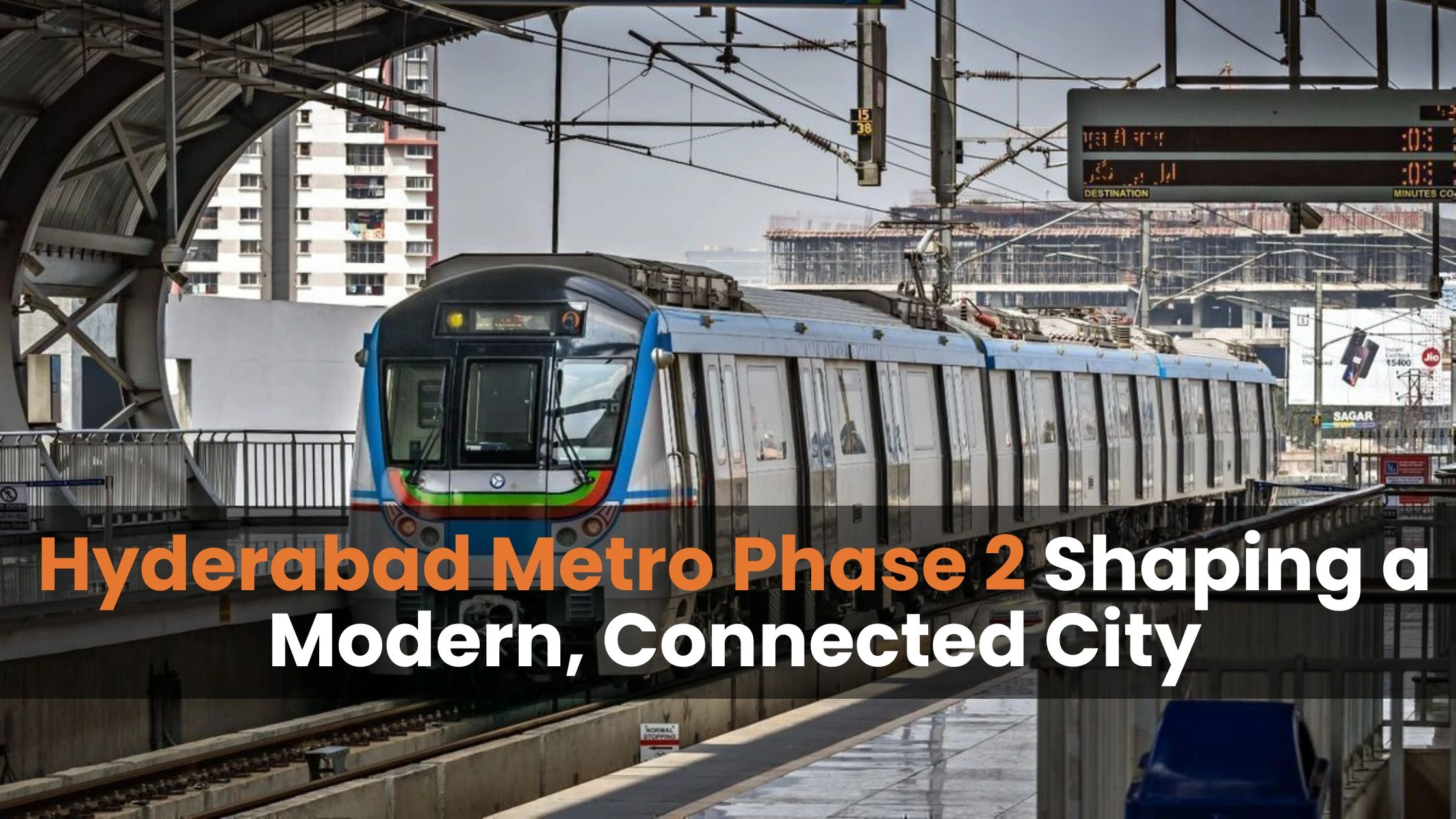
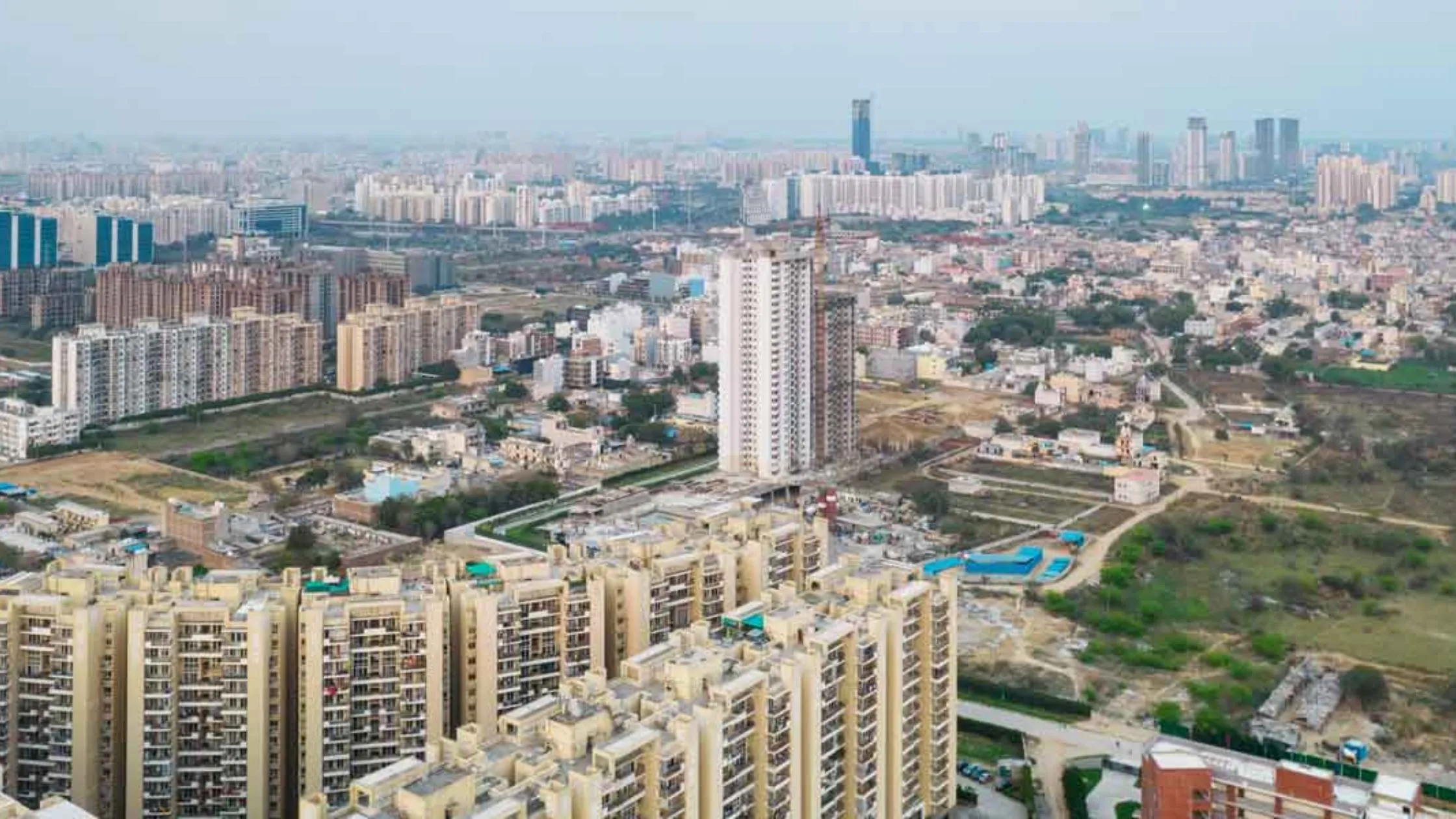
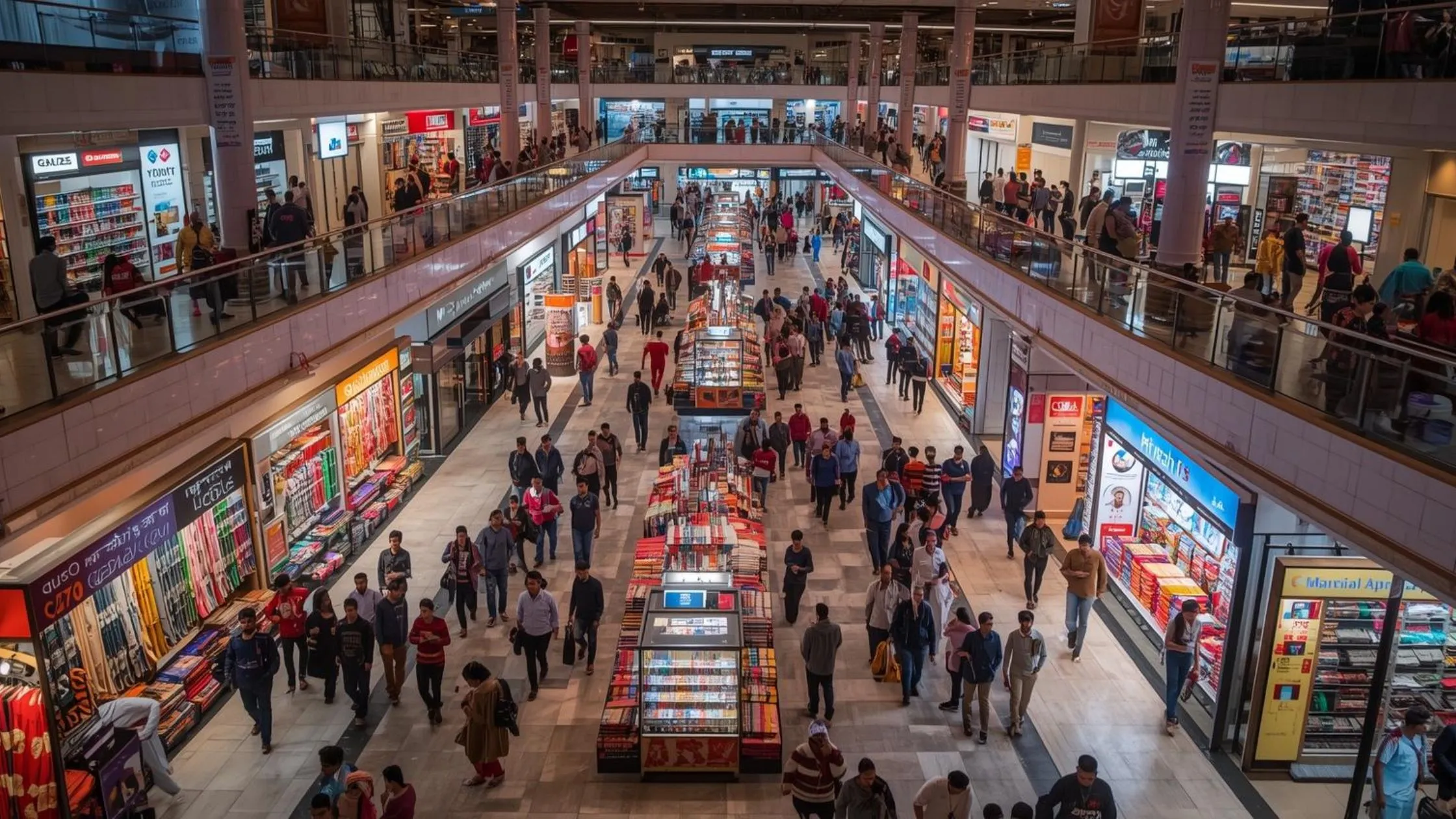
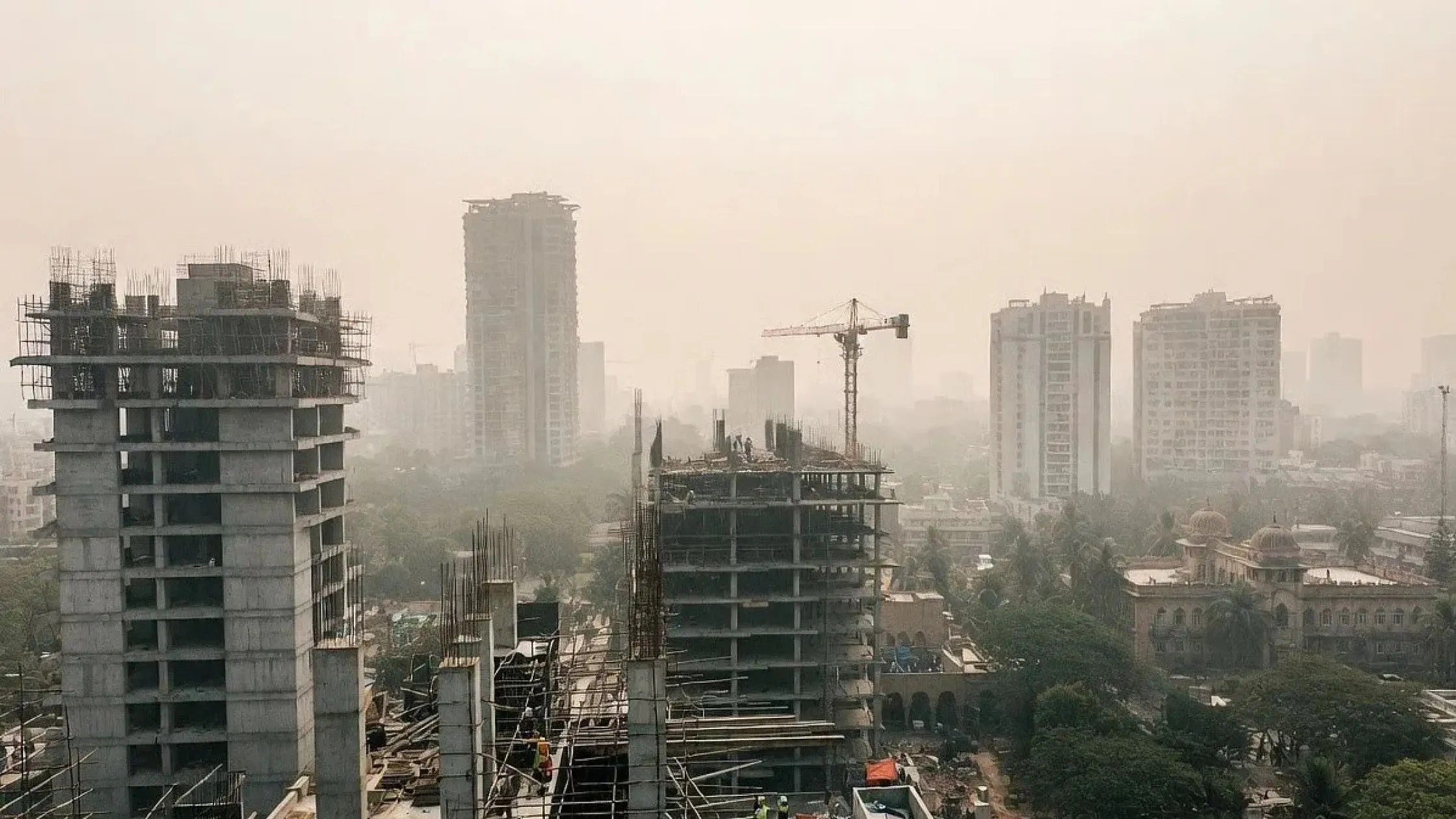
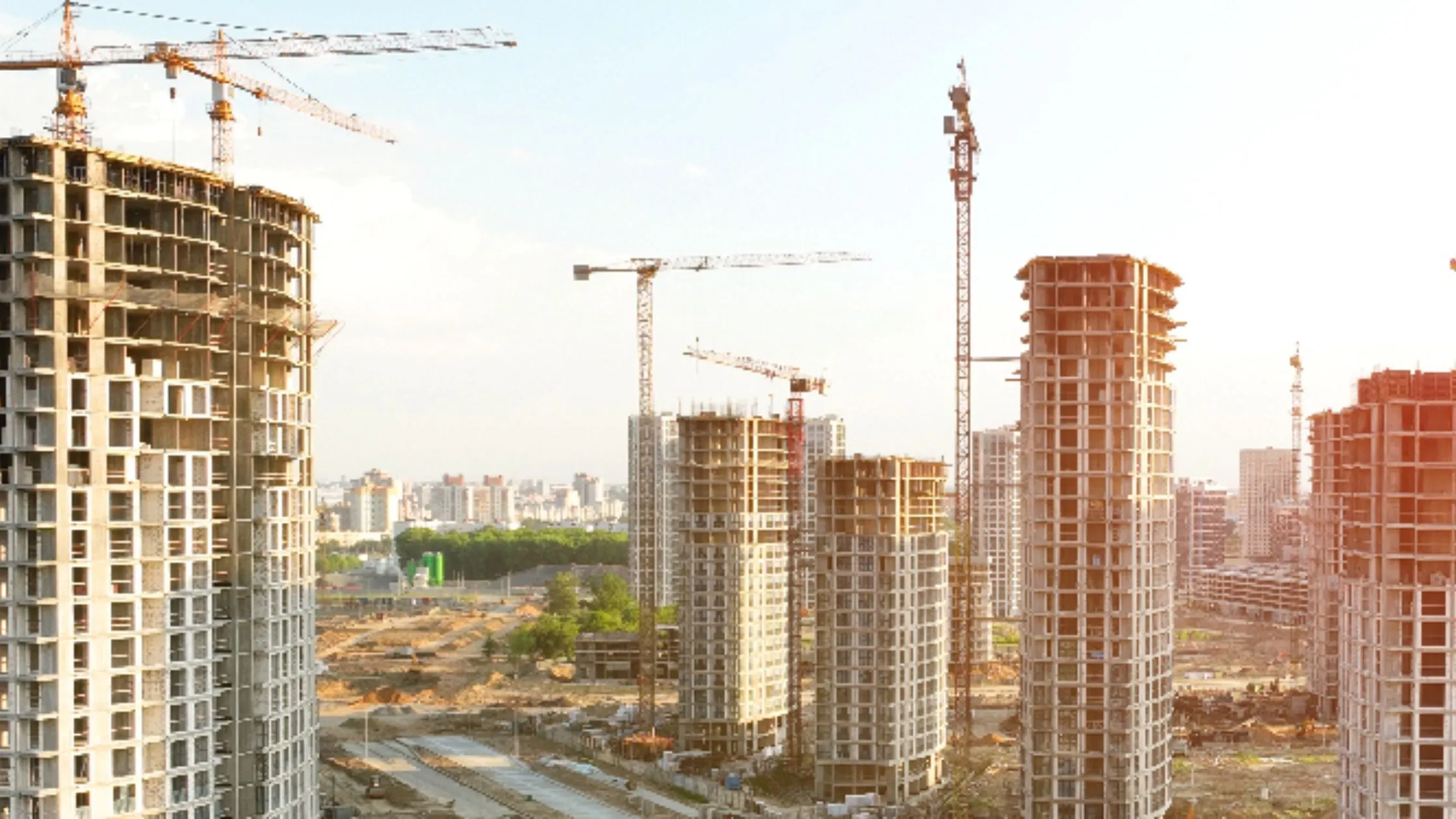

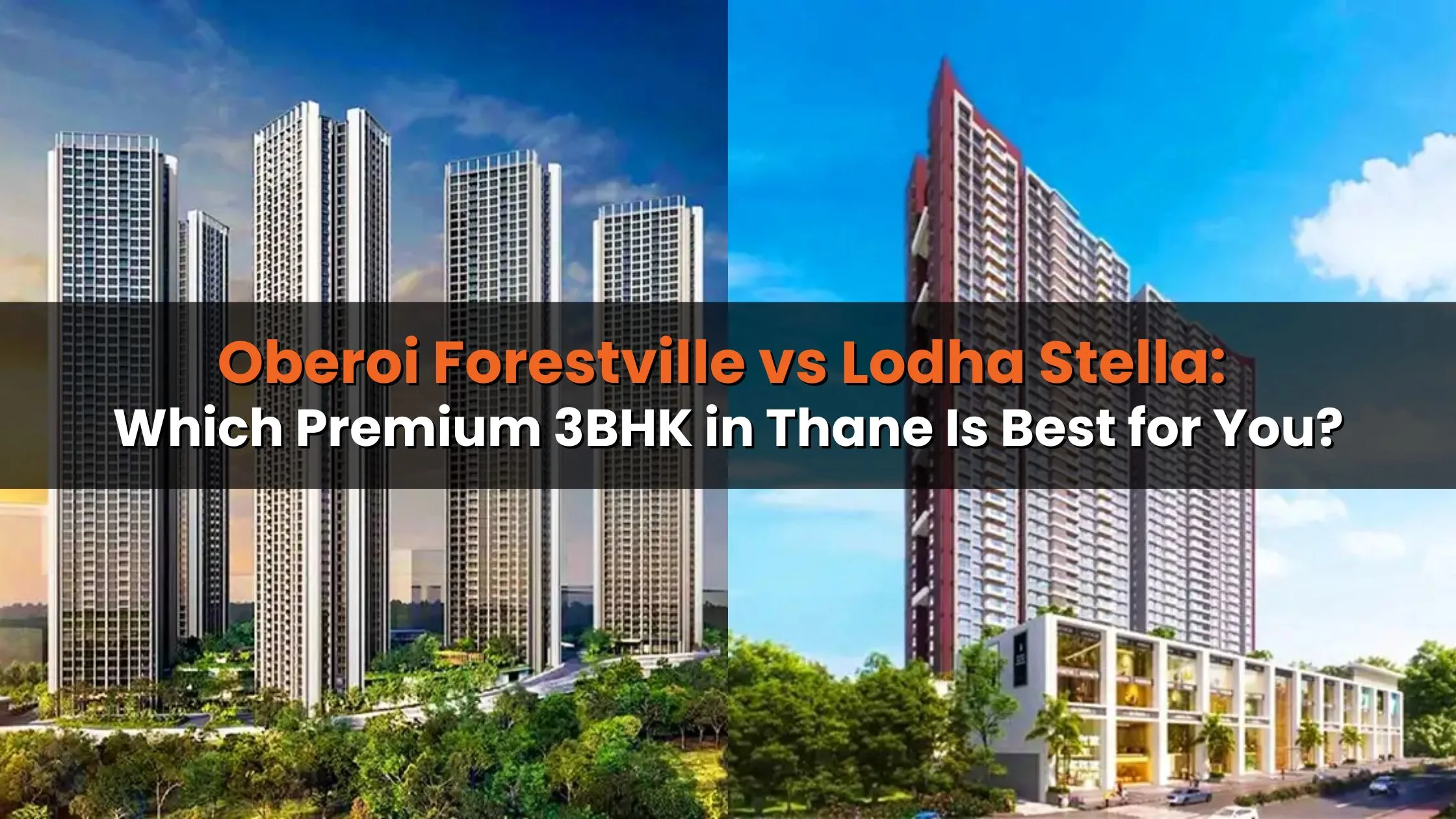
Ans 1. Hyderabad Metro Phase 2 is an expansion project aimed at enhancing urban connectivity with new corridors, stations, and improved facilities.
Ans 2. The expansion includes key areas like Kukatpally, LB Nagar, Miyapur, Kondapur, and Gachibowli, with better connectivity to suburban regions.
Ans 3. Proximity to metro stations increases property values, encourages new residential and commercial developments, and makes remote areas more accessible.
Ans 4. Commuters will enjoy reduced travel times, smoother traffic flow, and enhanced access to essential services through improved public transportation.
Ans 5. Yes, the metro expansion aims to reduce reliance on private vehicles, thereby decreasing traffic congestion and pollution levels.
Ans 6. With fewer private vehicles on the road, the project reduces carbon emissions, contributing to a cleaner and greener Hyderabad.
Ans 7. Gachibowli, a major IT hub, will see enhanced connectivity, attracting more businesses and boosting the local economy.
Ans 8. Yes, developers are likely to launch housing projects near the new metro routes, offering more options for homebuyers.
Ans 9. The project emphasizes energy-efficient and eco-friendly technologies to promote sustainable urban development.
Ans 10. The exact timeline will depend on construction progress, but it is anticipated to be completed in the coming years.